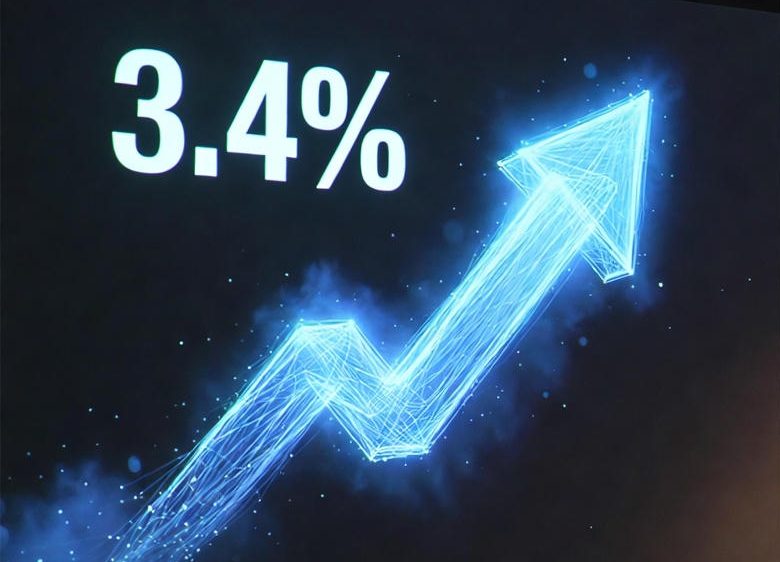Fiji’s economy is poised to grow for the fourth straight year in 2025, with the latest estimates projecting a 3.4 percent expansion, up from the earlier forecast of 3.2 percent.
The revision comes after updated global assessments, rebased GDP data and stronger-than-expected domestic performance across several key industries.
Announcing the revised projections, Chairman of the Macroeconomic Committee and Reserve Bank Governor Ariff Ali said the economic landscape had improved since the committee’s last meeting.
“The economic backdrop has shifted. US tariff concerns that were expected to weigh heavily on Fijian exports have eased, with a lower 15 percent tariff imposed instead of the earlier anticipated 32 percent. This provides relief to exporters,” he said.
He added that global conditions have also improved. “The IMF’s upgraded global growth forecast for 2025—from 3.0 to 3.2 percent—has further supported our outlook.”
Domestically, Fiji’s GDP has been rebased to a 2019 base year, reflecting updated consumption patterns, structural changes and emerging industries. The September release from the Fiji Bureau of Statistics replaces previous estimates based on the 2014 base, providing what officials describe as a “more accurate and relevant foundation” for economic forecasting.
Local economic indicators for the first 10 months of the year have been largely positive. Consumption remains strong, backed by higher incomes, remittances and government spending.
The recent VAT reduction has helped ease cost pressures, while investment activity is rising—driven by increased private and public construction work, higher lending, and improved business confidence.
Several sectors have seen upgraded growth expectations. Forestry and logging have been revised upward due to higher pine and mahogany output. Public administration is set to grow faster following salary increases announced in the 2025–2026 Budget. Wholesale and retail trade have gained momentum from higher vehicle sales and rising consumer activity, while construction has strengthened significantly from the second quarter.
Tourism arrivals have rebounded after a slow first quarter, with Fiji on track for a third consecutive year of record visitor numbers in 2025. However, not all sectors are performing strongly. Sugar production has been revised downward due to ongoing industry challenges, while fishing output is expected to fall amid changing weather patterns and declining stock. Electricity, communications and real estate are projected to grow but at slower rates than earlier expected.
Looking ahead, growth of around 3.0 percent is forecast for 2026–2028 as Fiji returns to its long-term trend, led by services and supported by the industrial and primary sectors.
Despite the improvements, Ali warned of ongoing vulnerabilities.
“Downside risks remain. Global uncertainties, softer tourism activity and structural challenges continue to pose threats. As the cyclone season unfolds, severe weather risks could further impact agriculture and infrastructure.”
The Macroeconomic Committee will review projections again in the second quarter of 2026.



